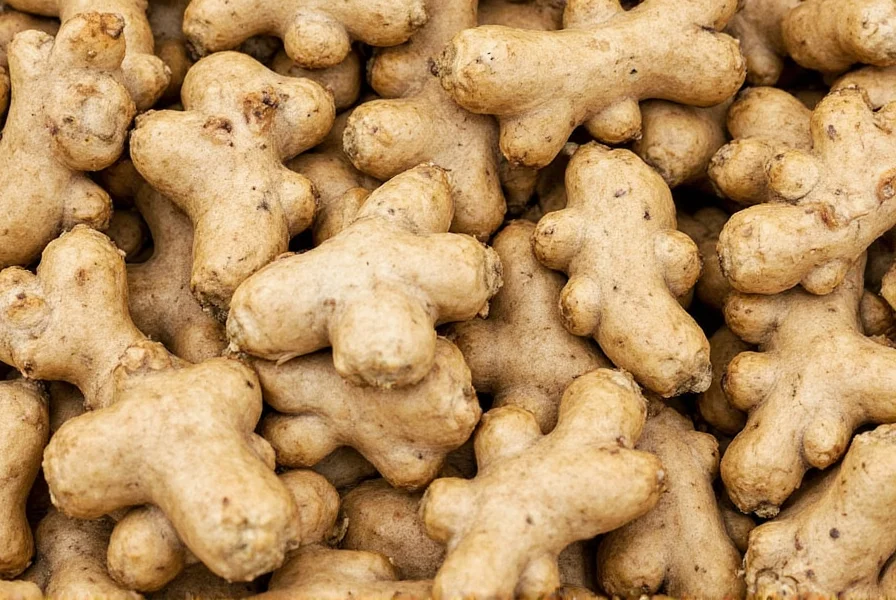If you're searching for information about physocarpus ginger wine, you've likely encountered a botanical misunderstanding. This article clarifies why these terms don't combine to form an actual beverage and explains both subjects accurately. Understanding the distinction between ornamental plants and culinary ingredients is essential for accurate botanical knowledge and safe beverage preparation.
What Is Physocarpus?
Physocarpus, commonly called ninebark, belongs to the Rosaceae family and comprises approximately 15 species of deciduous shrubs native to North America and东北 Asia. These plants feature:
- Peeling bark that gives the "ninebark" name
- White to pink flower clusters blooming in early summer
- Ornamental value in landscaping (not culinary use)
- No documented history of edible applications
Botanists classify physocarpus strictly as an ornamental plant. Unlike its edible relatives in the rose family (such as apples and pears), physocarpus varieties contain compounds that make them unsuitable for consumption. The USDA Plant Database confirms no culinary uses for any physocarpus species.
Understanding Ginger Wine Production
Ginger wine represents a traditional fermented beverage with documented recipes dating back to 18th century England. Authentic ginger wine contains:
| Ingredient | Function | Required Amount |
|---|---|---|
| Fresh ginger root | Provides flavor and spice | 1-2 lbs per gallon |
| White sugar | Fermentation base | 2-3 lbs per gallon |
| Lemon juice | Acidity balance | 1-2 lemons |
| Yeast | Fermentation agent | Wine or champagne yeast |
No credible brewing resource mentions physocarpus as an ingredient. The confusion likely stems from misidentification of botanical terms or online misinformation. When researching physocarpus plant uses in beverages, always verify information through botanical databases rather than anecdotal sources.
Common Sources of Confusion
Several factors contribute to the mistaken association between physocarpus and ginger wine:
- Similar-sounding botanical names - Confusion with Physalis (ground cherry) which has edible species
- Online misinformation - Some websites incorrectly list ornamental plants as edible
- Regional naming differences - Local names sometimes cause cross-species confusion
- AI-generated content errors - Automated systems sometimes create plausible but incorrect associations
Professional horticulturists emphasize that proper plant identification is critical before considering any plant for culinary use. The Royal Horticultural Society specifically warns against consuming ornamental shrubs like physocarpus.
Safe Alternatives for Botanical Beverages
If you're interested in plant-based beverages, consider these verified safe alternatives instead of searching for non-existent physocarpus ginger wine recipes:
- Ginger beer plant - A symbiotic culture for traditional ginger beer
- Rosehip wine - Made from Rosa canina hips (true rose family edible)
- Root beer ingredients - Sassafras (in moderation) and sarsaparilla
- Lemon verbena tea - For herbal infusions with citrus notes

Identifying Reliable Botanical Information
When researching plant uses in beverage production, follow these verification steps:
- Consult university extension services (look for .edu domains)
- Check USDA or RHS (Royal Horticultural Society) databases
- Verify with multiple authoritative sources
- Avoid websites selling related products (potential bias)
- Look for citations of peer-reviewed research
The American Society of Brewing Chemists confirms that no commercial or traditional ginger wine recipe incorporates physocarpus. Understanding this distinction prevents potential safety issues from consuming inappropriate plant material.
Frequently Asked Questions
Is physocarpus safe to use in homemade beverages?
No, physocarpus (ninebark) is not safe for consumption in any form. All parts of the plant contain compounds that can cause gastrointestinal distress. The USDA classifies it strictly as an ornamental plant with no documented edible uses.
What's the difference between physocarpus and actual ginger?
Physocarpus is a woody ornamental shrub in the rose family, while ginger (Zingiber officinale) is a tropical herbaceous plant in the ginger family. They belong to completely different plant families with no botanical relationship. Ginger has edible rhizomes used globally in cooking, while physocarpus has no culinary applications.
Why do some websites mention physocarpus in relation to ginger wine?
This typically results from automated content generation errors, misidentification of plants, or content farms repurposing information without verification. Always check botanical information against authoritative sources like university extension services or botanical gardens before trusting such claims.
What plants are actually used in traditional ginger wine?
Authentic ginger wine uses only ginger root (Zingiber officinale), sugar, lemon, water, and wine yeast. Some variations include raisins or other dried fruits, but never physocarpus or other ornamental shrubs. The traditional British ginger wine recipe has remained consistent since the 18th century.
How can I verify if a plant is safe for beverage making?
Consult multiple authoritative sources: university extension websites (.edu), government agricultural databases, and publications from botanical societies. Never rely on single sources, especially those selling related products. When in doubt, contact your local cooperative extension service for verification before using any plant in food or beverage preparation.










 浙公网安备
33010002000092号
浙公网安备
33010002000092号 浙B2-20120091-4
浙B2-20120091-4